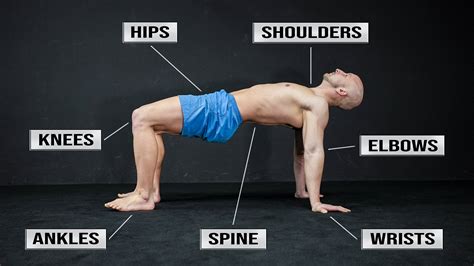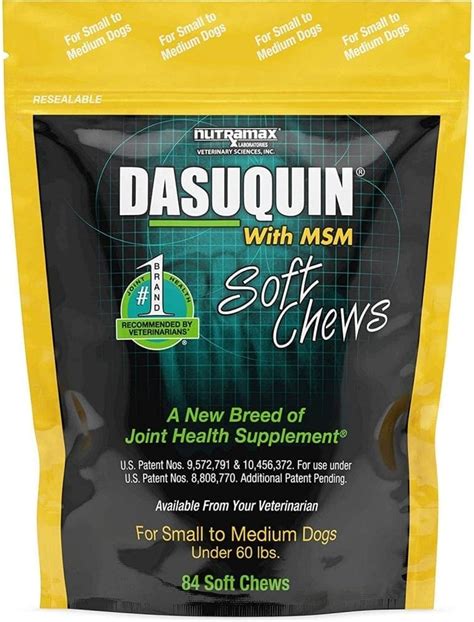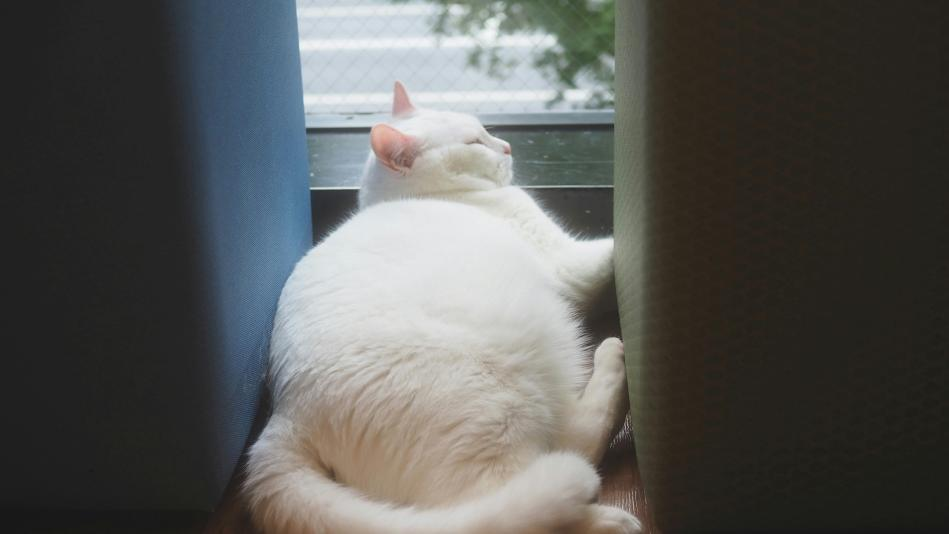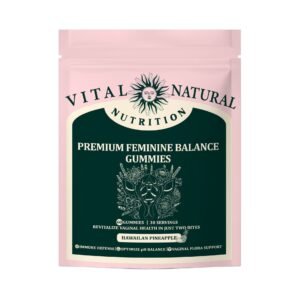Key Takeaways
Maintaining your pet’s joint health doesn’t require complex routines—playful engagement and low-impact exercises can make a big difference. Focus on vet-approved play activities tailored to your pet’s age, size, and mobility. For dogs, short walks on soft surfaces or hydrotherapy sessions (if accessible) help strengthen muscles without straining joints. Cats benefit from interactive toys like feather wands or laser pointers to encourage stretching and jumping at safe heights.
“Consistency matters more than intensity. Even 10 minutes of daily movement can improve flexibility over time,” advises Dr. Sarah Lin, a veterinary physiotherapist.
Seasonal adjustments are key. In colder months, indoor obstacle courses using cushions or tunnels keep pets active. During warmer weather, shaded outdoor play or shallow water exercises prevent overheating. Below is a quick reference table for joint-friendly workouts:
| Activity | Best For | Frequency |
|---|---|---|
| Gentle fetch | Small/medium dogs | 3-4x/week |
| Stair climbing | Cats | 2-3x/week |
| Balance exercises | Senior pets | Daily (5-10 min) |
Always monitor your pet’s energy levels and consult your vet before starting new routines. Pair exercises with nutrient-rich diets and regular check-ups for holistic joint care.

Pet Joint Health Exercises Guide
Maintaining joint health in pets requires a mix of targeted movements and engaging activities that support mobility without strain. For dogs, low-impact workouts like controlled leash walks or swimming can reduce pressure on hips and knees while building muscle. Cats benefit from mobility exercises such as climbing cat trees or chasing feather toys, which promote flexibility in their shoulders and spine. Always consult your veterinarian to tailor activities to your pet’s age, breed, and health status—especially if they have existing joint concerns.
Incorporate vet-approved play activities like puzzle feeders for mental stimulation or gentle fetch sessions on soft surfaces. For older pets, short, frequent playtimes are better than prolonged exertion. Rotate exercises seasonally: indoor obstacle courses during winter or shaded backyard explorations in summer keep routines fresh and joints active. By blending fun interactions with purposeful movement, you’ll help your pet maintain strength and agility year-round.
Vet-Approved Pet Play Activities
Engaging pets in vet-approved play activities helps maintain joint health while keeping them mentally stimulated. For dogs, controlled fetch with soft toys reduces impact on hips and knees, while interactive puzzle feeders encourage gentle movement during mealtime. Cats benefit from feather wand games that mimic natural hunting behaviors, promoting flexible spine movements without excessive jumping.
Veterinarians often recommend short, frequent sessions (5-10 minutes) to prevent overexertion. For older pets, slow-paced obstacle courses using cushions or low platforms can improve coordination. Always prioritize warm-up stretches—like gentle paw massages or shoulder rotations—to prepare muscles and joints.
Avoid high-impact games like aggressive tug-of-war or repetitive stair climbing, which may strain ligaments. Instead, opt for hydrotherapy play in shallow pools for dogs or laser pointer trails at ground level for cats. These activities strengthen core muscles and enhance balance, directly supporting joint stability.
Consult your vet to tailor activities to your pet’s age, breed, and health status. A 10-minute daily routine combining play and low-impact workouts can significantly improve mobility over time. Remember: consistency matters more than intensity for long-term joint health.

Low-Impact Dog Mobility Workouts
Maintaining joint health in dogs requires activities that minimize stress while promoting strength and flexibility. Low-impact workouts are ideal for pets recovering from injury, aging, or prone to conditions like arthritis. Controlled leash walks on soft surfaces—such as grass or dirt trails—reduce pressure on joints compared to pavement. For water-loving dogs, hydrotherapy or shallow swimming provides resistance without impact, helping build muscle around vulnerable hips and knees.
Interactive games like slow-paced fetch or treat-based obstacle courses encourage movement without excessive jumping. Use ramps instead of stairs to help dogs climb safely, and incorporate balance exercises (e.g., standing on uneven surfaces) to improve stability. Always tailor intensity to your dog’s fitness level, and consult a veterinarian to confirm exercises align with their health needs.
Seasonal adjustments matter, too: avoid hot pavement in summer and icy paths in winter. Pair workouts with joint supplements or vet-recommended diets for optimal results. By blending play with purposeful movement, these routines keep joints strong while keeping tails wagging.

Cat Mobility Exercises for Joints
Maintaining joint health in cats requires activities that balance engagement with physical safety. Low-impact workouts like controlled climbing on cat trees or ramps encourage natural stretching while minimizing strain. Interactive toys, such as feather wands or laser pointers, promote gentle jumping and pivoting—key movements for flexibility and muscle tone. For older cats or those with arthritis, consider short play sessions with soft toys rolled slowly across the floor to reduce stress on sensitive joints.
Incorporating food puzzles or treat-dispensing balls adds mental stimulation while encouraging subtle movements like pawing and reaching. Elevated feeding stations can also promote stretching during mealtime. Always monitor your cat’s energy levels and adjust intensity to avoid overexertion.
Seasonal adjustments matter, too: during colder months, warm-up playtime with a cozy blanket or heated bed to loosen stiff joints. Consistency is crucial—aim for daily 5-10 minute sessions tailored to your cat’s age and mobility. Consult your veterinarian to design a personalized plan, especially if your cat shows signs of discomfort or reduced activity.

Seasonal Pet Fitness Tips
Adjusting your pet’s activity routine with the seasons ensures joint health remains a priority year-round. In colder months, focus on indoor play like puzzle toys or short fetch sessions to keep muscles warm without overexertion. For dogs, low-impact workouts such as stair climbs or slow-paced tug-of-war can maintain mobility while protecting sensitive joints. During summer, opt for early morning or evening walks to avoid overheating, and incorporate water-based activities—like shallow swimming—to reduce stress on limbs.
Cats benefit from vertical exploration in spring and fall; adding cat trees or window perches encourages climbing, which strengthens joints naturally. As temperatures drop, consider shorter but more frequent play sessions to prevent stiffness. Always monitor pets for signs of fatigue, especially brachycephalic breeds or older animals.
Seasonal changes also affect grooming needs—regular brushing improves circulation, while paw checks prevent irritation from ice melts or hot pavement. For pets with arthritis, consult your vet about adjusting exercise intensity or integrating joint-supporting supplements. Discover how natural ingredients can complement your pet’s fitness routine, especially during seasonal transitions. By tailoring activities to weather conditions, you’ll promote year-round mobility while keeping workouts engaging and safe.

Fun Ways to Strengthen Pet Joints
Keeping your pet active while supporting their joint health doesn’t have to feel like a chore—playtime can double as a wellness routine! For dogs, try incorporating low-impact workouts such as gentle games of fetch on soft grass or short swim sessions, which reduce stress on joints while building muscle. Puzzle toys filled with treats encourage movement and mental stimulation, aligning with vet-approved play activities that prioritize safety. Cats benefit from climbing towers or feather wand games that promote stretching and jumping without overexertion. Rotate toys weekly to maintain interest and adapt activities to your pet’s energy levels.
Seasonal adjustments also matter: in warmer months, opt for shaded walks or indoor agility courses, while colder weather calls for cozy hide-and-seek games with toys. Always watch for signs of fatigue, like limping or reluctance to move, and adjust intensity accordingly. By blending pet joint health exercises into daily play, you create a sustainable routine that supports mobility and strengthens the bond between you and your furry companion. Consistency is key—aim for short, frequent sessions rather than occasional marathons to keep joints flexible year-round.
Year-Round Pet Mobility Strategies
Maintaining your pet’s joint health requires adapting their routines to seasonal changes while prioritizing low-impact exercises that support long-term mobility. During colder months, focus on indoor activities like interactive toys or short controlled walks to keep muscles active without overexertion. Modify playtime by incorporating gentle stretching sessions or puzzle feeders that encourage movement while minimizing strain.
In warmer weather, leverage outdoor environments for swimming or hydrotherapy (if vet-approved), which provide resistance without stressing joints. Always monitor pavement temperatures to protect paw pads and avoid midday heat. For cats, rotate climbing structures and feather teasers to promote natural agility.
Consistency is vital—adjust duration and intensity gradually as seasons shift. Incorporate joint supplements like omega-3 fatty acids or glucosamine into their diet, but consult your vet first. Regular check-ups help detect early signs of arthritis or stiffness, ensuring timely adjustments to their fitness plan. By blending seasonal adjustments with vet-approved activities, you create a sustainable routine that keeps pets active and joints resilient year-round.
Dog and Cat Exercise Routines
Creating balanced exercise routines for dogs and cats ensures their joints stay strong without causing strain. For dogs, focus on low-impact workouts like leisurely walks on soft surfaces (grass or sand) or controlled swimming sessions, which reduce pressure on hips and knees. Incorporate vet-approved play activities such as puzzle toys that encourage gentle movement or short games of fetch with soft toys. Cats benefit from mobility exercises like climbing cat trees or chasing feather wands, which promote flexibility in their shoulders and spine.
While dogs thrive on structured routines, cats often prefer short, frequent bursts of activity. For both species, avoid high jumps or sudden twists that could stress joints. Adjust intensity based on your pet’s age, breed, and health—older animals may need shorter sessions with more rest. Pair physical activity with mental stimulation, like hiding treats for scavenger hunts, to keep engagement high. Consistency matters: aim for daily sessions lasting 10–20 minutes, gradually increasing duration as stamina improves. Always watch for signs of fatigue, such as limping or reluctance to move, and consult your vet to tailor routines to your pet’s specific needs.
Conclusion
Maintaining your pet’s joint health doesn’t have to feel like a chore—for you or your furry companion. By blending vet-approved play activities with low-impact workouts, you can create a balanced routine that supports mobility while keeping things engaging. Whether it’s adapting exercises for seasonal changes or tailoring movements to your cat’s unique needs, consistency is key. Remember, even small adjustments—like incorporating gentle stretches or interactive toys—can make a significant difference over time.
Always prioritize safety by monitoring your pet’s comfort levels and consulting a veterinarian to refine their regimen. As seasons shift, stay flexible: warmer months might invite outdoor adventures, while colder weather could call for creative indoor challenges. By viewing exercise as preventative care rather than a task, you’ll help ensure your pet stays agile, happy, and ready for play—no matter their age or breed. After all, a little effort today can lead to years of shared joy and vitality tomorrow.
Frequently Asked Questions
How often should I engage my pet in joint-strengthening exercises?
Most veterinarians recommend daily sessions of low-impact workouts tailored to your pet’s age and health. For dogs, aim for 15–30 minutes of activities like swimming or leash walks. Cats benefit from shorter, frequent play sessions (5–10 minutes) with toys that encourage stretching.
Are there specific exercises to avoid for pets with joint issues?
High-impact activities like jumping or prolonged running on hard surfaces may strain joints. Focus on vet-approved play activities, such as puzzle feeders for mental stimulation or controlled obstacle courses. Always consult your vet before introducing new routines.
Can indoor cats benefit from mobility exercises?
Absolutely! Use feather wands or laser pointers to promote natural hunting movements. Adding cat mobility exercises like climbing towers or scratching posts helps maintain flexibility. Rotate toys weekly to keep their interest.
How do seasonal changes affect my pet’s exercise routine?
Adjust workouts based on weather—seasonal pet fitness tips include shorter walks in summer heat or indoor agility games during winter. For dogs, snowy terrain can be slippery, so opt for padded booties or non-skid rugs indoors.
What signs indicate my pet is overexerting during play?
Watch for limping, excessive panting, or reluctance to move. If these occur, pause the activity and provide rest. Incorporate low-impact workouts for dogs or gentle stretches for cats to prevent fatigue.
Explore Vet-Recommended Joint Support Products
For toys and tools designed to enhance your pet’s mobility, please click here: https://forherhim.com/product-category/forit/.







 Premium Feminine Balance Gummies – Vegan, Gluten-Free Probiotic Support for Women’s Wellness – 60 Count
Premium Feminine Balance Gummies – Vegan, Gluten-Free Probiotic Support for Women’s Wellness – 60 Count  Women's Fat Burner Supplement – Raspberry Ketones & goBHB – Metabolism Booster, Appetite Control, Energy Support
Women's Fat Burner Supplement – Raspberry Ketones & goBHB – Metabolism Booster, Appetite Control, Energy Support